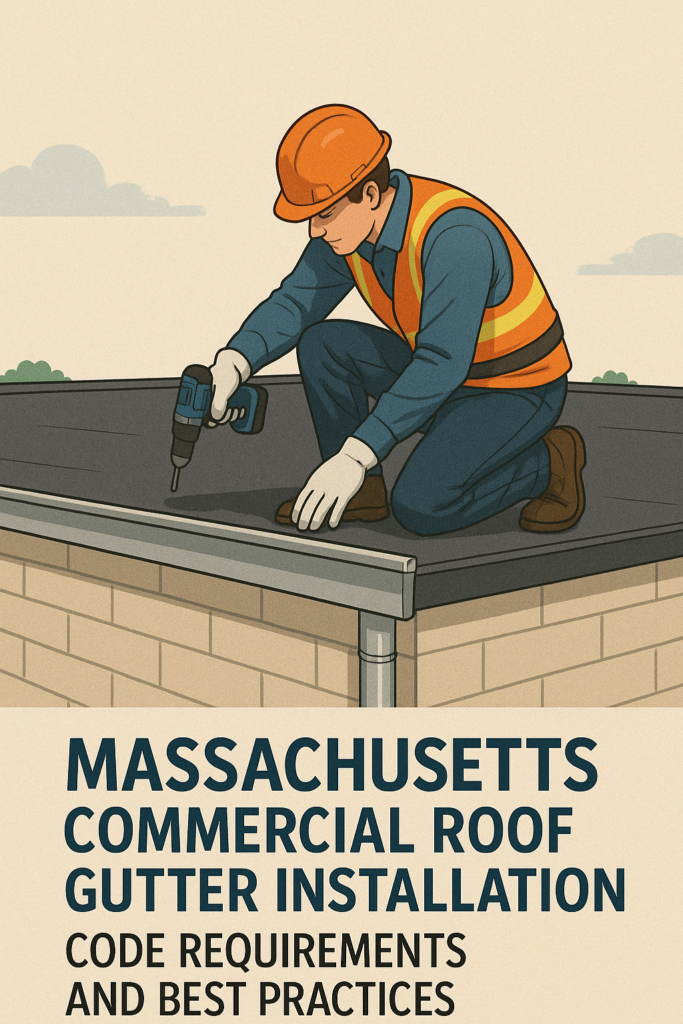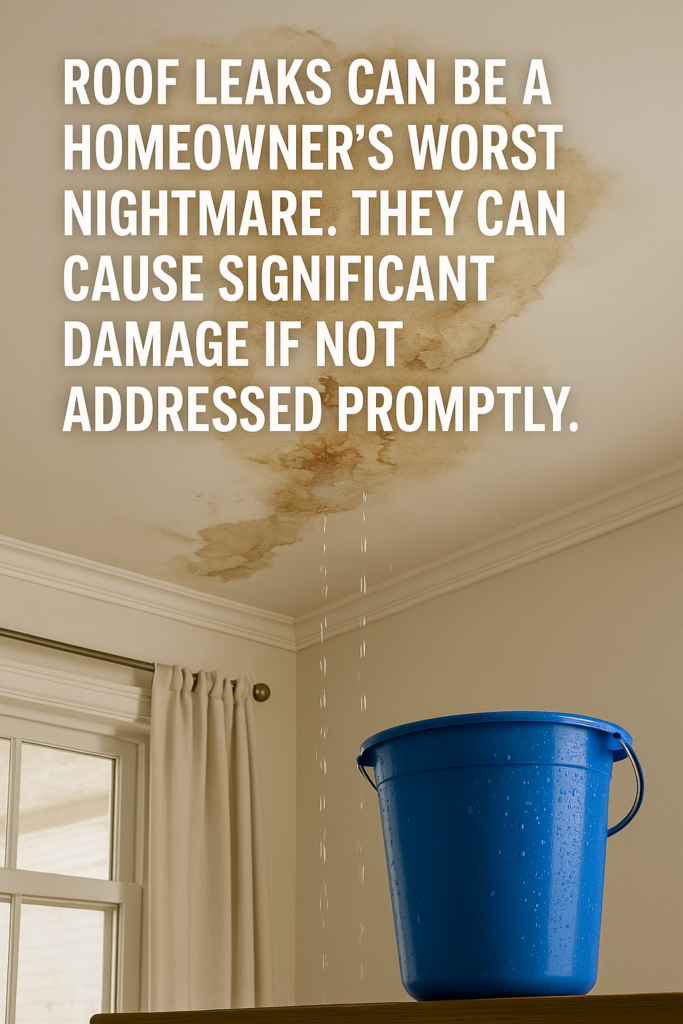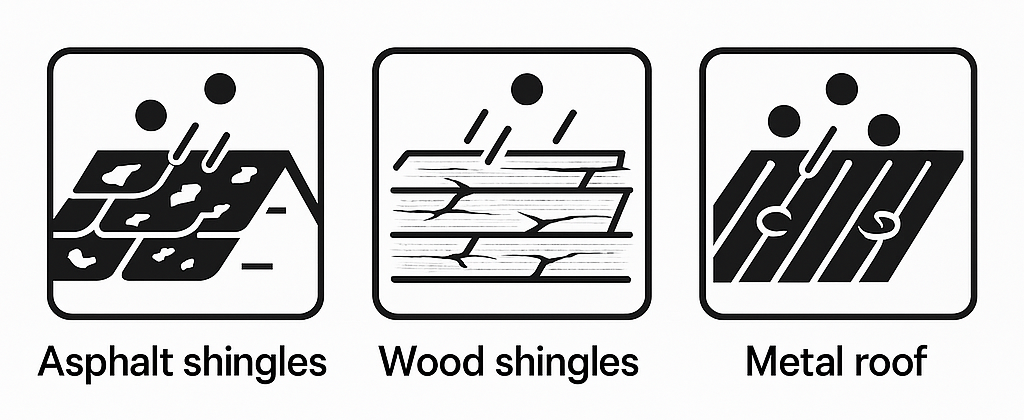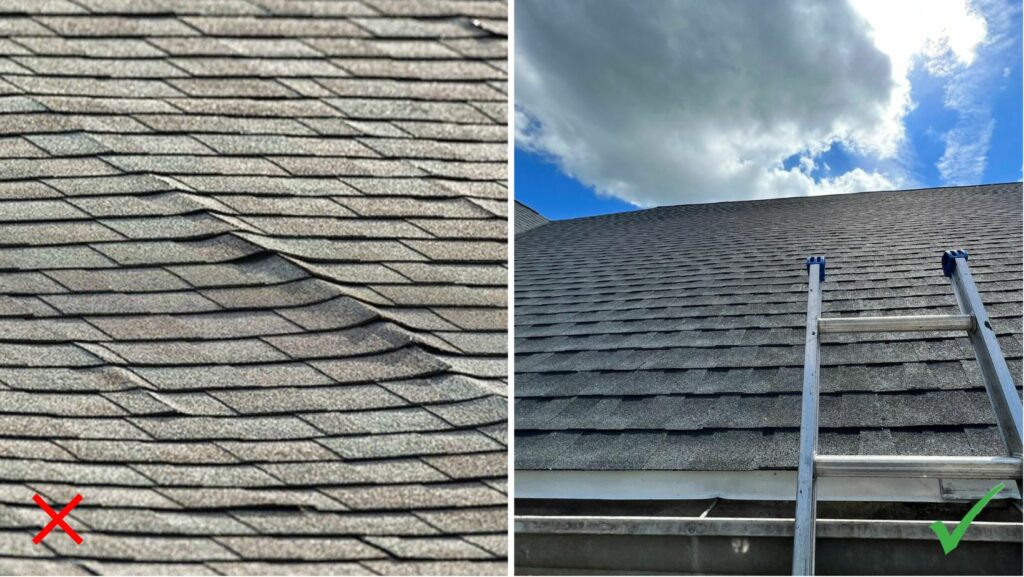Flat Roof Scupper Drainage: All You Need to Know About Scuppers
Reading Time: 10 minutesModern roofs are architectural and engineering systems that protect from rain and wind and play a key role in thermal insulation and energy efficiency.
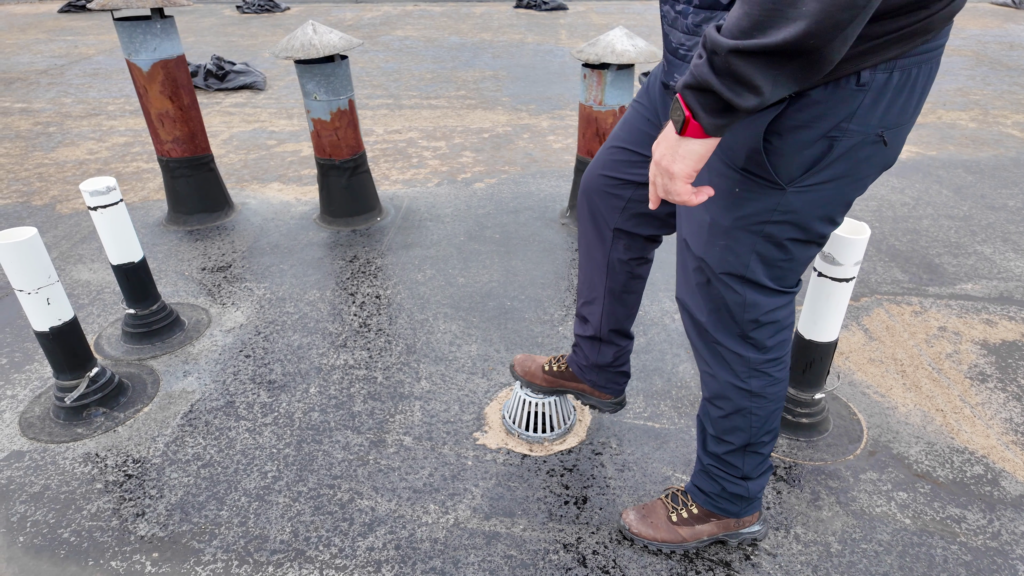
They are also designed to prevent rainfall and snow from spoiling interior property. In this context, we should mention flat roof scupper drains, which are fundamental for the functioning and stability of roofs, both pitched and low-slope.
Flat roof scuppers are crucial components of a building’s drainage system, effectively preventing water pooling on roofs and protecting the building.
Additionally, scuppers help maintain the building’s structure by preventing leaks and structural damage.
For guidance, we turned to Denis Tchernov, ID Flat Roof’s main contractor with over 20 years of experience. ID Flat Roof provides full-scale roofing services in Boston and Massachusetts, including flat roof scuppers installation.
What Are Roof Scuppers?
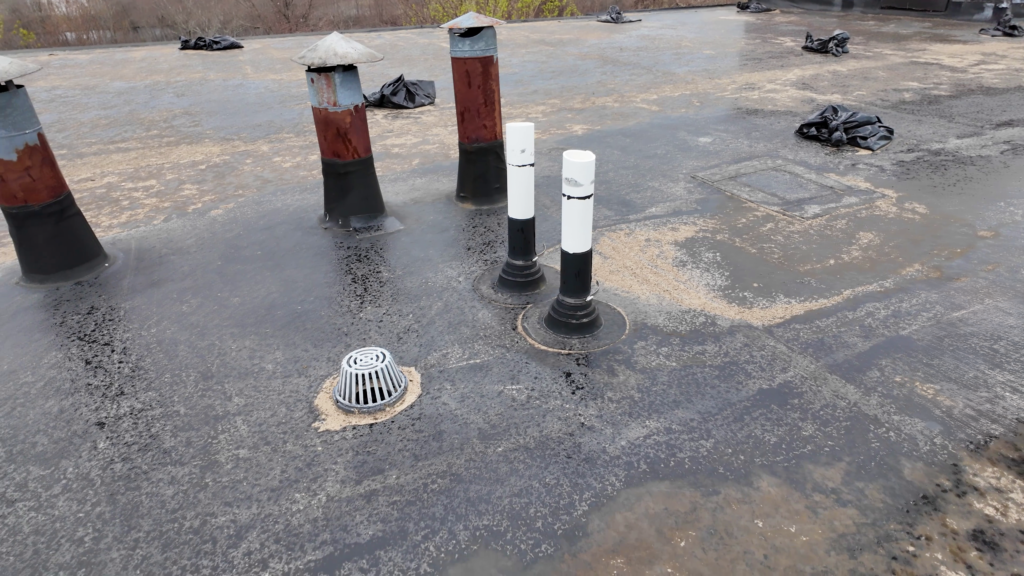
A roof scupper is a critical component of a flat roof’s drainage system, designed to channel water off the roof and prevent water from pooling. Roof scuppers are openings or channels strategically placed around the edges of a flat roof, acting as water escape routes. They are typically built into the walls or parapets of a building, providing an essential component of a flat roof’s drainage system. Understanding roof scuppers is crucial for new homeowners, as they are vital in preventing water damage and leaks on flat roofs.
Types of Roof Scuppers
Different types of scuppers are available to meet specific drainage needs and architectural designs. Through-wall scuppers are the most common type and are often seen in commercial buildings. They are built directly into the parapet wall, creating a clear path for water to exit the roof. Open scuppers lack a closed channel, allowing water to flow freely off the roof’s edge. Secondary (emergency) scuppers are installed at a higher level than primary drainage systems, providing an extra layer of protection against flooding on the roof’s surface.
Each Roof Needs Its Own Scupper

Denis Tchernov:
- There are 5 groups of scuppers (not taking into account too unique or innovative like ‘smart’ scuppers). Each of them serves a general purpose but in a specific way. Each is suitable for a particular type of building, roof (flat, low sloped roofs, pitched, etc.), area, and so on. You should consider architectural, engineering, and climatic factors to understand what type of drainage is needed in a particular situation.
- As the name suggests, through-wall scuppers are usually installed through the wall called the ‘parapet’. These scuppers give a direct path for rain or meltwater and commonly come with downspouts to carry flows further away. This roof component is best for larger municipal buildings, warehouses, and facilities or high-rainfall areas.
- Another type is scuppers positioned at the parapet base. These elements allow rain flows to flow directly off the edge. They are considered wise solutions for areas without significant drainage concerns but still need an essential water exit.
- Overflow drains are used as a secondary or subsidiary technique to prevent a problem called ‘roof overloading’. These constructions are usually placed higher on the roof walls. Overflow scuppers for flat roofs support primary drains when they are overwhelmed. You can see them on large residential properties that experience seasonal storms or high rainfall.
- Closed scuppers direct water into a downspout or gutter, reducing splashing. They are common where water management and directional flow are essential, such as near walkways or parking lots.
- So-called open-face scuppers are installed without covering, allowing water to flow freely directly off the edge. They are suitable for areas with mild rainfall and where aesthetics is a priority, as they become part of the exterior look.
What Roof Drains Should I Install?
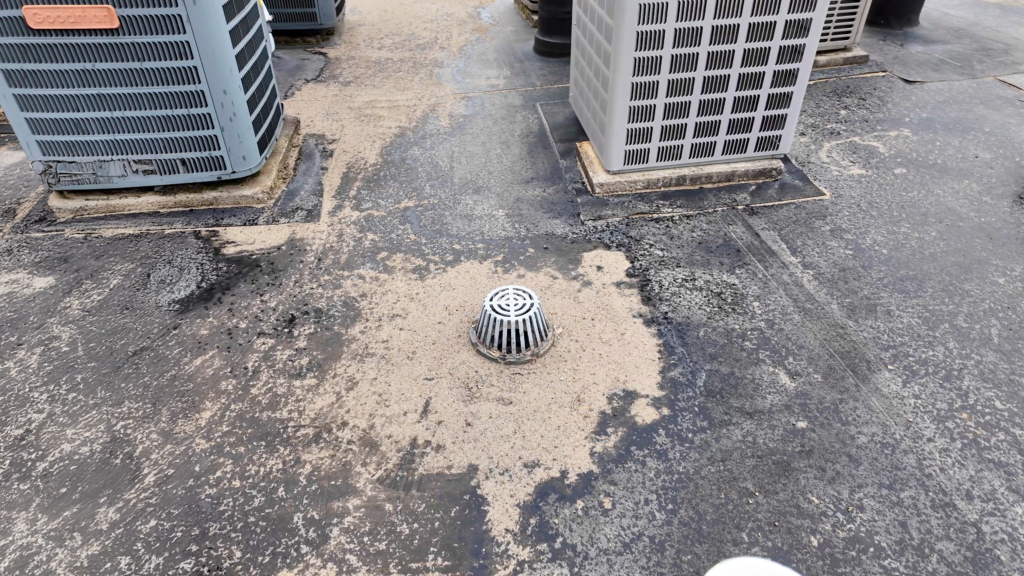
In ID Flat Roof, we suppose that for low-slope constructions, a flat roof drainage system with through-wall scuppers (better with downspouts and overflow analogs) is among the most reliable options. These designs allow for prompt and efficient drainage, especially in states with seasonal showers, and reduce the risk of roof ponds.
Closed scuppers (with the proper amount of downspout extensions) are also highly dependable for controlling the flow and direction of water, minimizing erosion and splashback that may damage foundations and landscaping dangerously.

Several Reasons to Install Scuppers
While flat roofs offer functional benefits—such as usable space and a modern appearance—they come with obvious challenges.
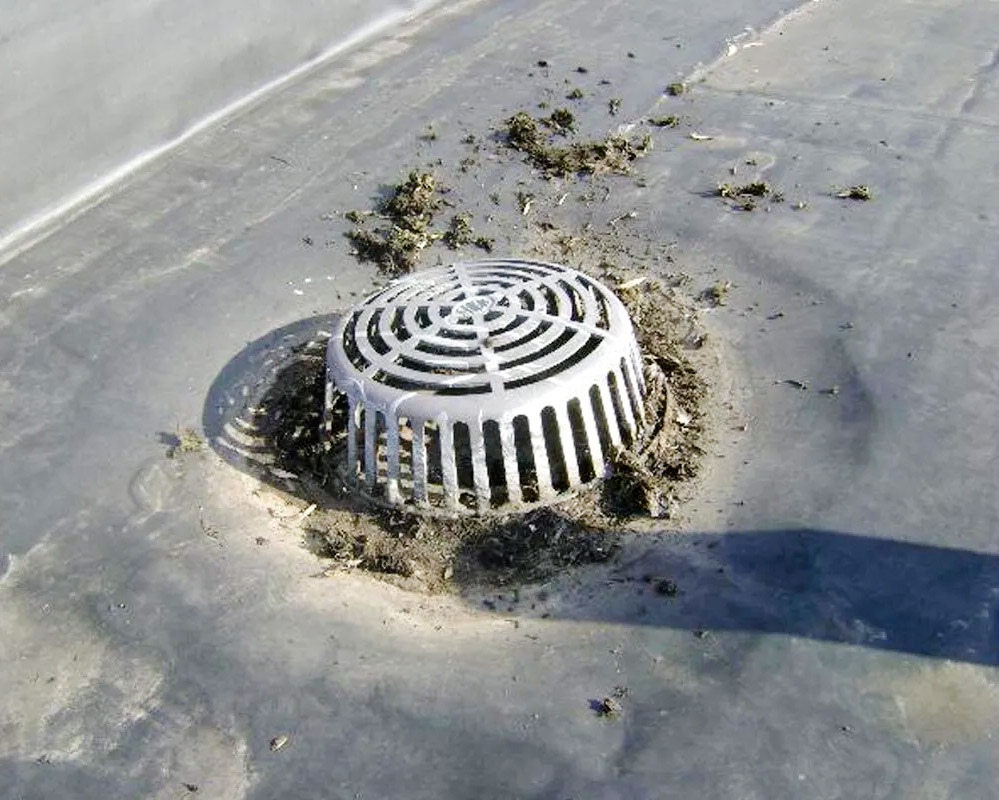
The minimal slope (typically between 1/8” to 1/4” per foot) means that water has limited ways to drain naturally. In other words, puddles and leaks can cause serious consequences without proper scuppers.
Water is heavy. Even a minor pool adds quite noticeable weight to the roof frame, stressing its structure and potentially compromising its endurance.
Stagnant water likes to seep through minor imperfections in shingles, membranes, or shades, significantly increasing the likelihood of leaks that cause mold and damage underlayment, insulation, and stylish interiors.
Exposure to ponding rainwater accelerates the deterioration of roofing materials, meaning more frequent repairs or even premature renovation or replacement.
In cold climates, water freezes, forming ice dams that obstruct drainage and add weight and pools, as mentioned above.
Well-thought-out scuppers for flat roofs eliminate these problems by preventing water from gathering into ponds and directing it away safely from the structures it can impair or damage. This is crucial for protecting the roof membrane, which is essential in preventing water damage and maintaining the structural integrity of the building.
Risks of Not Installing Scuppers at All
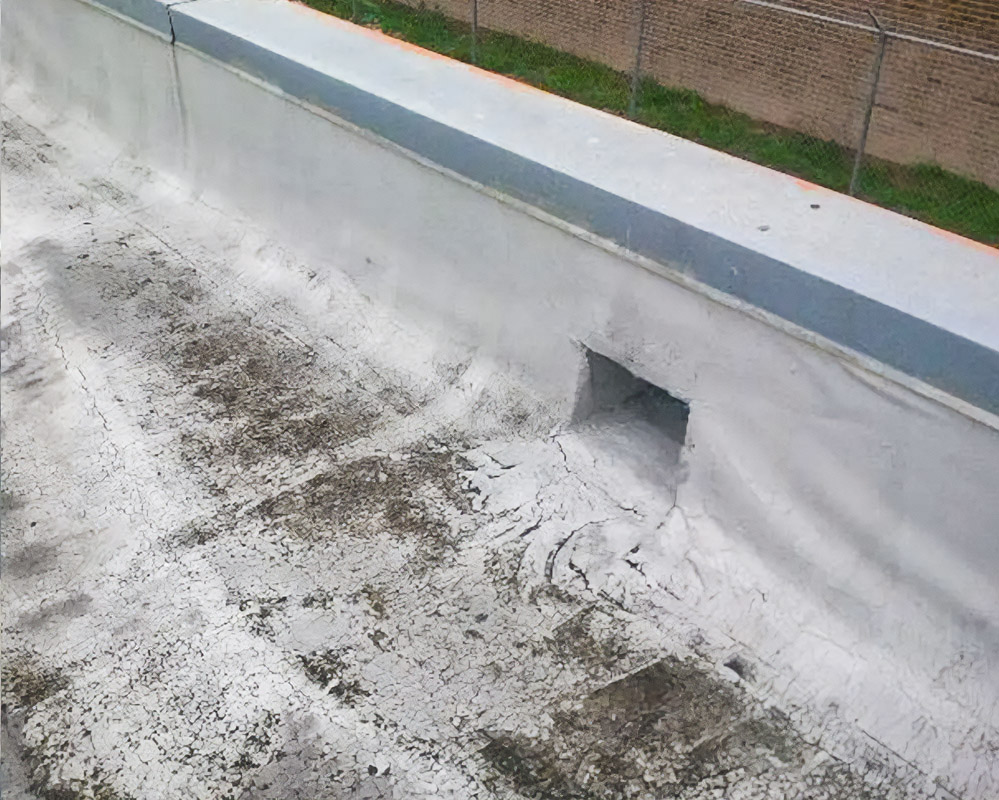
Denis Tchernov:
- As I mentioned above, failing to install scuppers as part of a flat roof’s drainage system can result in several issues, such as structural damage, deterioration of roofing materials, increased maintenance expenses, and leaks.
- Leak repairs, mold remediation, and structural reinforcement are all costly. Neglecting proper drainage can lead to compounded damage, where minor issues evolve into major, expensive repairs.
- Rainwater has no direct exit without scuppers and will pool in low spots. Even a slight pooling can lead to leaks, especially as water finds its way into tiny gaps or weaknesses in the roofing membrane over time.
- Even modern single-ply membranes are not designed to withstand prolonged exposure to rain or meltwater. Over time, constant moisture exposure degrades the membrane, eventually causing cracks or separations where leaks can form.
- Standing water on a flat roof adds substantial weight. This can stress the roof’s structure and lead to sagging or (in some cases) even collapse.
- Water can reach the insulation layer if it leaks into the underlayment or building structure. Saturated insulation loses effectiveness, leading to higher energy bills, mold growth, and poor temperature regulation.
- Water runoff can accumulate at the construction’s base without scuppers doing their job. Over time, this can erode soil, damage landscaping, and compromise the foundation’s integrity, leading to expensive repairs and other potential dangers.
Why Scuppers Become a Smart Investment
- Scuppers are considered to prevent damage caused by water and moisture, often extending the average service life of asphalt shingles, corrugated metal, wood shades, TPO, and PVC. They keep repair costs down, ultimately protecting your house.
- With proper drainage, a roof usually requires just seasonal inspections and minor repairs and upkeep.
- A well- and seasonably-maintained roof (with a flat roof scupper) adds value to the property.
- By keeping insulation intact, scuppers contribute to maintaining indoor temperature regulation.
Flat Roof Drainage System Scupper Design
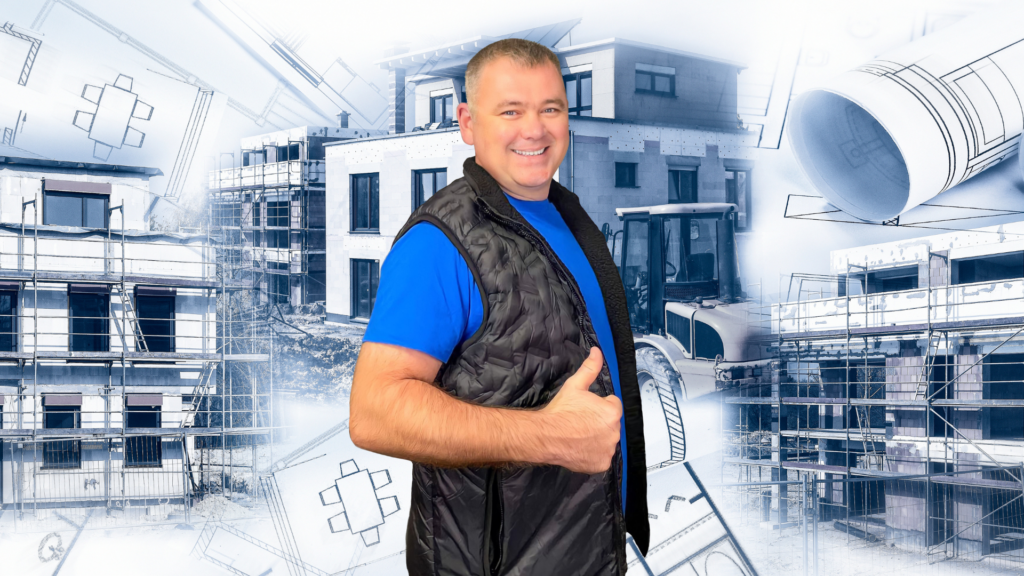
Denis Tchernov:
- The most suitable place to install drainage is where water gathers the most. It could be on the roof’s edge or around parapet walls.
- The second crucial parameter is the size of the scupper openings. Larger openings handle higher volumes of rainwater, which is particularly vital in areas prone to rainfall. The recommended size is also written in local building regulations, but a larger scupper size generally reduces the risk of overflow.
- Materials like stainless steel are often used for scuppers due to their durability and aesthetic appeal.
- Adding overflow scuppers higher up on the roof walls provides sufficient capacity for the drain system. If the primary scuppers do not cope with their task during heavy storms, overflow scuppers become an additional emergency path.
- The reasonable solution is to pair scuppers with downspouts or, in some cases, splash blocks (to direct water away from walls and foundation). This prevents erosion, foundation damage, and landscaping issues near the base.
Code Requirements for Roof Scuppers
The International Plumbing Code (IPC) specifies the roles of drainage scuppers and how they must handle the maximum expected rainfall. Scuppers must be made and placed perfectly to avoid leaks. The size of the scupper is crucial, especially on roofs with extensive surface areas or in rainy regions. Scuppers must be stern enough materials to resist corrosion and sturdy enough to handle water weight. The IPC also requires scuppers to be installed at a height lower than the roof’s structure but still above the roof surface.
Some Tips for Scupper and Drains Installation
From our experience, you should first find the lowest point on the roof surface. This place will have the most significant volume of water, so we must redirect it there.
Roof drains offer a more discreet design and efficiently direct water through internal piping than scuppers. However, scupper drains for flat roofs and the adjacent area around them are often in contact with water flows, so we pay special attention to sealing and waterproofing. Flashing and caulking should be applied during installation, particularly around parapet scuppers.
Downspouts or splash blocks should be installed in areas where water runoff can damage landscaping or foundations.
Common Issues with Roof Scuppers
Clogging is a common issue with scuppers due to the accumulation of leaves, debris, or animal nests. Improper sizing can lead to overflow and potential water damage, and poor installation can lead to leaks around the scupper. Regular maintenance is essential to prevent these issues and ensure the scupper functions appropriately. Ignoring a blocked scupper can lead to leaks and structural damage, so regular check-ups and expert checks are necessary to spot potential glitches.
Drainage Needs Inspections
Denis Tchernov:
As an experienced roofer, I can say that scuppers are truly a considerable part of a flat roof. They extend the roof and underlayment’s life. In the long term, they prevent problems that you would not like to deal with.
However, scuppers can quickly clog with leaves, dirt, and bird nests without regular cleaning, making them ineffective. In extreme cases, blocked scuppers can lead to costly repairs caused primarily by leaks.
It is recommended that scuppers be inspected every few months, especially before and after storm seasons, to check for blockages or signs of damage.
Leaves, branches, and other ‘roof’ debris can clog scuppers, leading to drainage problems. Clearing debris regularly, including days after storms, is crucial for maintaining water flow.
If you find gaps, cracks, or other signs of scuppers’ wear out, you should seal or replace them. Or you can call local roofers to do it.
Regular inspections and maintenance are important, but deciding who should handle this task—you or an expert—depends on several factors.
Local Building Codes and Regulations for Roof Drainage Systems
Local building codes and regulations ensure roof drainage systems, including scuppers, are installed and maintained correctly. These codes specify minimum sizes, materials, and placement guidelines for scuppers. Compliance with local building codes is essential to prevent water damage and ensure the structural integrity of the building. Homeowners and building owners must consult with local authorities to ensure their roof drainage system meets the required standards. Regular inspections and maintenance are necessary to ensure the scupper functions appropriately and meets local building codes.
DIY Flat Roof Scupper Maintenance

Many homeowners and building managers consider DIY scupper cleaning to save on costs, and with the right tools, it is feasible. However, there are some challenges to consider.
DIY cleaning is a low-cost option since it only requires basic tools, such as a ladder, gloves, and a small hand broom or scooping tool. You don’t need to schedule a service appointment or wait for availability, so you can address clogs as soon as they’re noticed, particularly after storms. By cleaning your scuppers regularly, you stay familiar with your roof’s condition, allowing you to notice early signs of wear, cracks, or minor leaks.
However, working on a roof is risky, especially without proper safety equipment. Climbing ladders, reaching over the edge, or working in adverse weather increases the chance of falls or injury.
Professional roofers can spot signs of deterioration, structural issues, or scupper damage that an untrained eye might miss. DIY cleaning may keep the scuppers clear but miss underlying issues.
Cleaning scupper drains for flat roofs can be time-consuming, especially if the roof is large or requires frequent attention. Property owners might not have the time to dedicate to consistent, thorough maintenance.
Professional Scupper Maintenance
Denis Tchernov:
– Hiring a local roofing team to handle scupper maintenance offers expertise, thoroughness, and safety, but it does come with an investment.
– Professionals will do more than clean the scuppers. They’ll also inspect the entire roof, identifying potential issues like membrane damage, structural problems, or signs of leakage. Roofing companies use the appropriate tools, safety gear, and sometimes even harnesses, making the process far safer than a DIY approach.
– A professional job will be thorough, ensuring no debris remains and the scuppers are fully operational. Professional roofers also have access to materials for quick repairs if they spot minor damage.
– Prompt maintenance excludes costly repairs by catching early signs of wear or damage, making it a worthwhile investment.
DIY or Call Professionals?
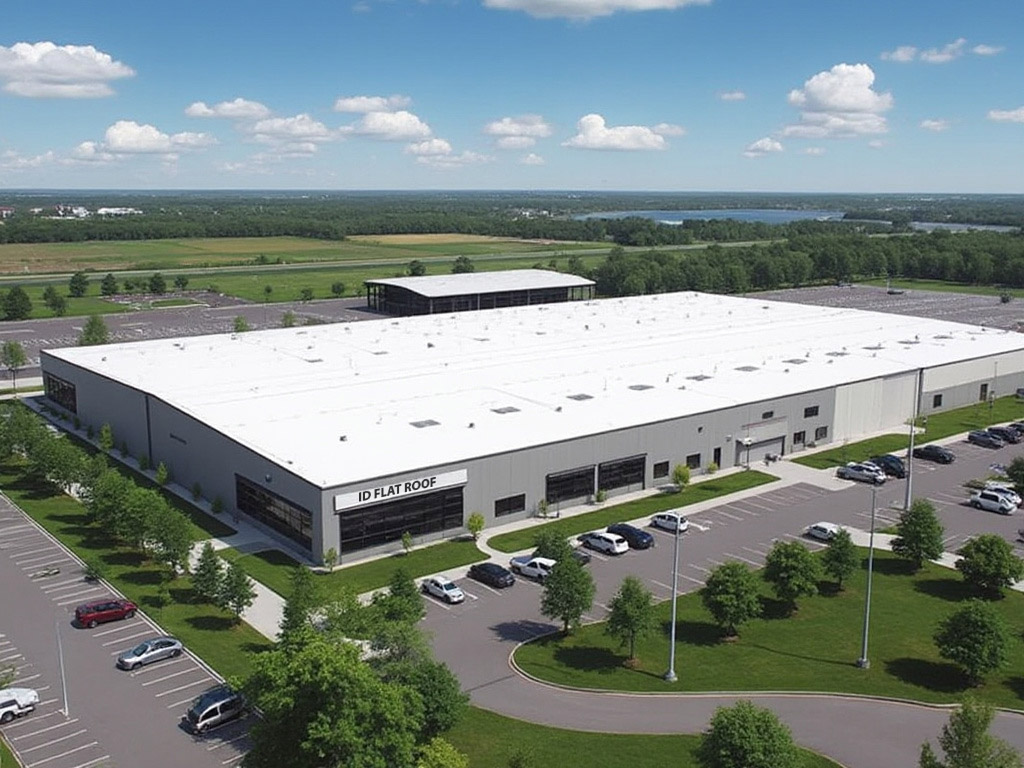
Roof Area
Smaller residential roofs with easy access are generally manageable for DIY cleaning. DIY can be safe and effective if you can easily reach the scuppers without climbing high ladders or navigating complex roof structures.
However, according to experienced roofers, more significant commercial properties or multi-story homes with high roofs present a safety risk for DIY work. They are better suited to a professional team with the right equipment.
Frequency and Seasonality
Regularly cleaning after mild weather or after property owners can often handle light storms that bring down minimal debris. In spring and fall, a DIY approach works well for keeping scuppers clear of leaves and small debris.
Professionals should handle post-storm cleanup after major storms or in areas with heavy rainfall or snowfall, as significant debris or ice may require specialized equipment and techniques.
Cleaning is a Key
If you’re only looking to remove leaves and visible blockages, DIY cleaning is as effective as it should be.
If you notice any signs of deterioration, rust, or potential roof leaks, it’s best to have a professional inspection. They can make repairs on the spot, identify less visible problems, and ensure no water intrusion.
Safety
If you have experience working at heights and feel confident using ladders, gloves, and cleaning tools safely, then DIY may be an option.
If you’re uncomfortable with heights, a local roofing team is a safer and more reliable option. Safety is a top priority, and skilled roofers are trained to work under conditions that can be dangerous for untrained individuals.
Read Other Professional Tips From ID Flat Roof Company
Massachusetts Commercial Roof Gutter Installation: Code Requirements and Best Practices
Finding Reliable Roof Leak Repair Services
Understanding Hail Damage: Causes and Solutions
Understanding the Causes of Sagging Roofs
How to Maintain Commercial Roofing Systems
Residential Flat Roofing: Simplifying Your Roof Replacement Journey
Scuppers are Something to Think About in Advance
No matter their type and quantity, flat roof scuppers are not the most prominent elements of a trustworthy and problem-free roofing system. However, they are responsible for essential features such as protection against leaks and long-term roof stability.
If you plan to install a new roof or restore an old one, we recommend contacting professional roofers who will design the appropriate drainage system and scuppers. In some cases, scupper maintenance should also be entrusted to specialists, especially on large-area or high-altitude roofs.
Denis is the driving force behind ID Flat Roof, a leading company in Boston specializing in flat roof repair and installation for over 20 years.
Expertise:
Denis excels in PVC, TPO, EPDM, and rubber roofing. His meticulous approach ensures quality and customer satisfaction.
Innovation:
Denis incorporates cutting-edge solutions like skylights and solar PV roofing.




